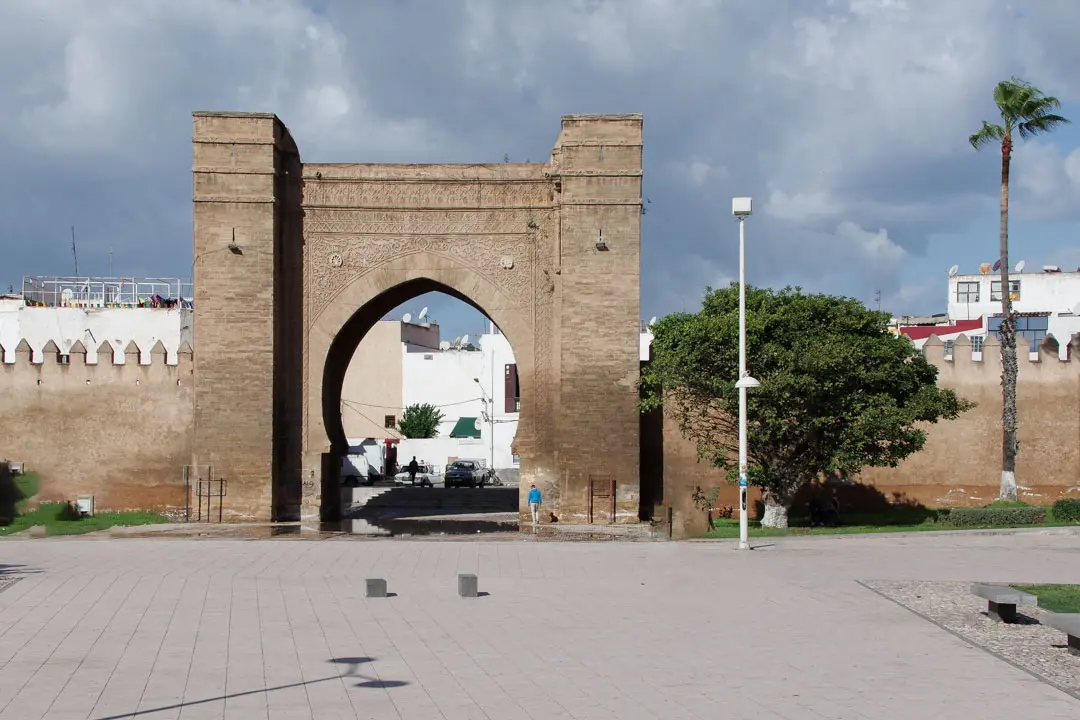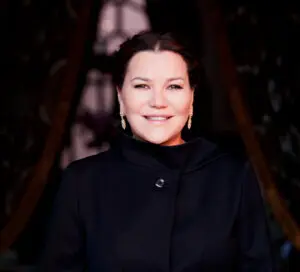Home RABAT: World Heritage
Rabat, modern capital and historic city: a shared heritage
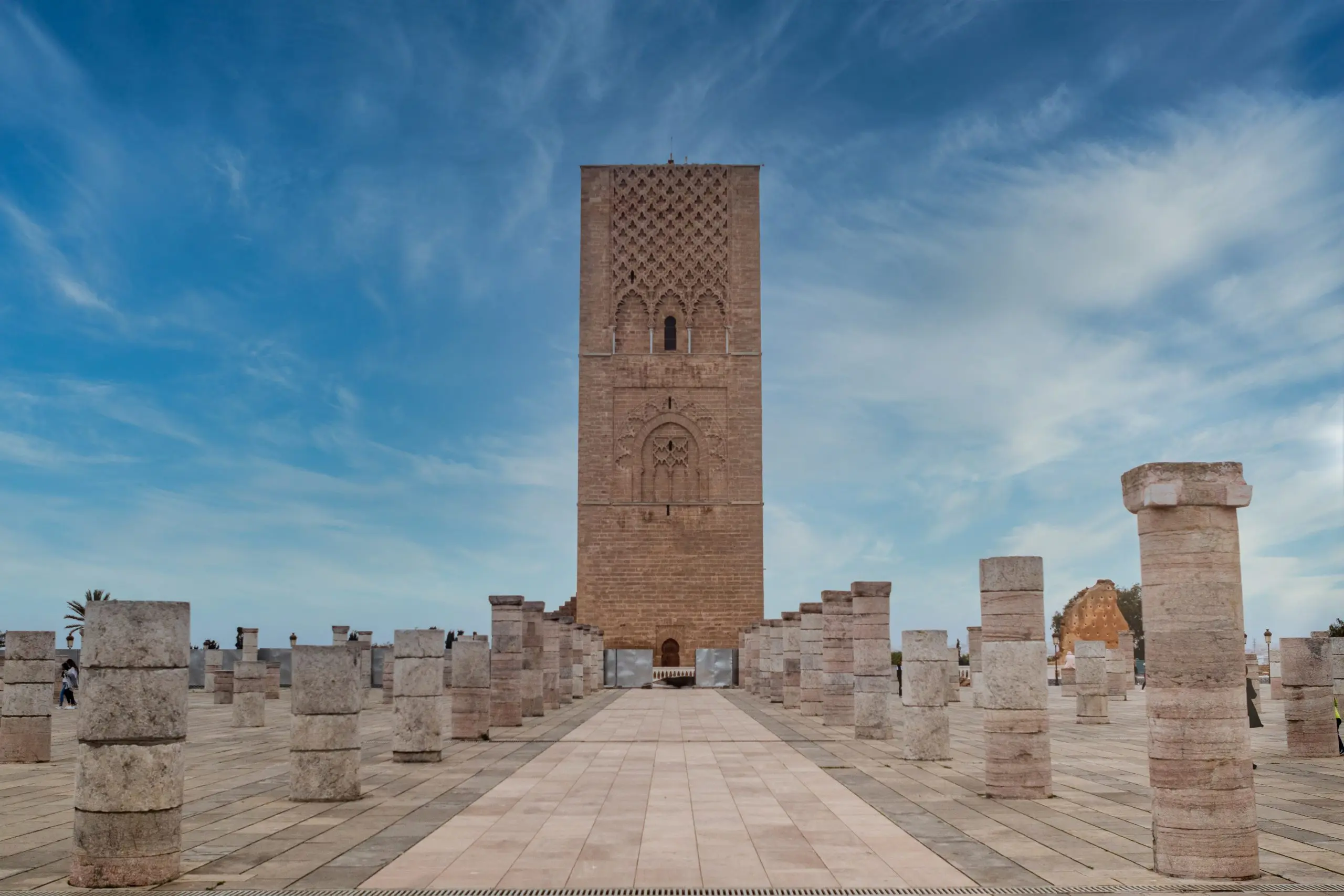
UNESCO officially inscribed on 2012″Rabat, modern capital and historic city: a shared heritage” on the World Heritage List, underlining the exceptional universal value of the Kingdom of Morocco’s capital.
Ideally located facing the Atlantic coast, on the left bank of the mouth of the Bouregreg river, this site can boast a human occupation dating back to prehistoric times and a rich and abundant history of which the city has preserved the prints until today.
Designed and built at the beginning of the 20th century, the Modern City of Rabat represents one of the largest and most ambitious urban projects carried out in Africa in the last century, and probably the most comprehensive to date. Fortunately, the builders of the time took care to preserve the existing heritage.
Thus the approximately 1200 hectares covering the site classified by UNESCO and its buffer zone kept the traces of all periods of the history of the Atlantic coast and more broadly in Morocco since antiquity (Phoenician times, Mauritanian, Roman) until the 20th century (French Protectorate, Independent Morocco) through the various periods of the Middle Ages (Berghouata, Almoravids, Almohades, Mérinides, Saâdiens) and modern and contemporary times (Alaouite). The urban landscape of Rabat thus turns out to be the fruit of a fruitful and unique dialogue between cultures and centuries. It is to be seen as a huge open book whose chapters are made up of eight remarkable heritage assets:

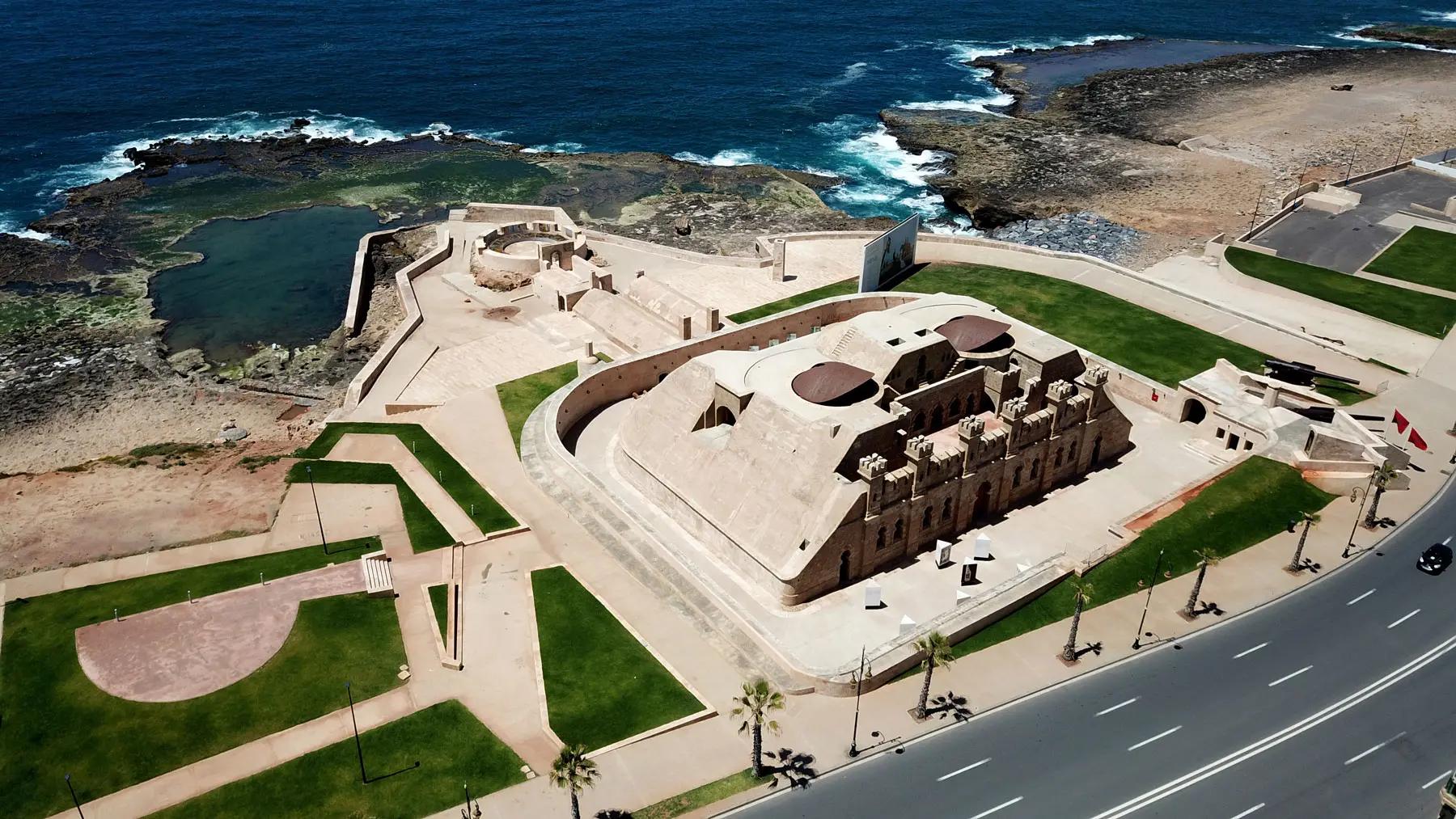
RABAT, A SITE OF DUAL OUTSTANDING UNIVERSAL VALUE
As highlighted in the registration file of Rabat on the UNESCO World Heritage List, the Modern City fulfills two criteria capable of qualifying the Outstanding Universal Value (OUV) of a site: a place of exchange of considerable influences (criterion II) and a prominent example of an architectural ensemble illustrating a significant period in human history (criterion IV).
A considerable place for the exchange of influences
Referring to criterion II, the urban ensemble, monuments and public spaces of the Modern City of Rabat provide a unique testimony to the spread of European ideas from the beginning of the 20th century and their adaptation to Morocco as well as, in return, of a Moroccan influence on the architecture and decorative arts of the time.
European architects and town planners of that time not only respected the many values of the earlier Arab-Islamic heritage but were inspired by them, adapting the modernist values of town planning and architecture to the context of the Maghreb, while being part of the fabric of the old city and its many historical components. An original style and an exceptional heritage then emerge where the influences of several major cultures of human history intertwine: ancient, Islamic, Hispano-Maghrebian and European.
A prominent example illustrating a significant period in history, as evoked in Criterion IV, some sites prove to be a major testimony to the era in which they were born. This is the case for the Modern city of Rabat. This urban ensemble offers an eminent and completed testimony of modern town planning. It was conceived in a rational way, including districts and buildings with well-defined functions and important visual and architectural qualities. Characterized by the coherence of its public spaces and by the implementation of hygienic ideas (water supply networks, role of vegetation, etc.), the classified perimeter brings together neighborhoods with a well-established identity: the medina and the Qasba, the middle-class residential districts of the New Town, or the neo-traditional Habous district of Diour Jamaâ. The Modern City thus embodies a precursor town planning, concerned with the conservation of historical monuments and traditional housing.
Heritage elements integrated into the inscribed site :
– THE NEW TOWN
Built on the basis of the development plan signed by Henri Prost in 1914, the New town developed at the south of the medina, inside the Almohad enclosure, on the same site where Yaâqoub El Mansour had planned, seven centuries earlier, the creation of a large city.
The urban center is arranged around a main urban axis, Avenue du Makhzen (current Boulevard Mohammed V). This long artery is organized in two sequences. The first which is narrow of a commercial nature creates a transition with the medina. The second one is larger and monumental, receives the administrations and services managed by the central State (the Post Office, the Railway Station, the Court, the Treasury, the Bank of Morocco) in addition to prestigious hotels and a row elegant boutiques above apartment buildings that mix Neoclassical, Art Nouveau, Art Deco or modern styles with Arab-Andalusian architectural grammar. The urban axis continues towards Bab Zaër where we find, on the left, the district of the General Residence of the French Protectorate and on the right, the Imperial Palace in the Touarga district.
Born at a time when ideas of hygiene were spreading, the New Town has underground pipes for the evacuation of wastewater, numerous green spaces, squares and wide alleys allowing light to penetrate.
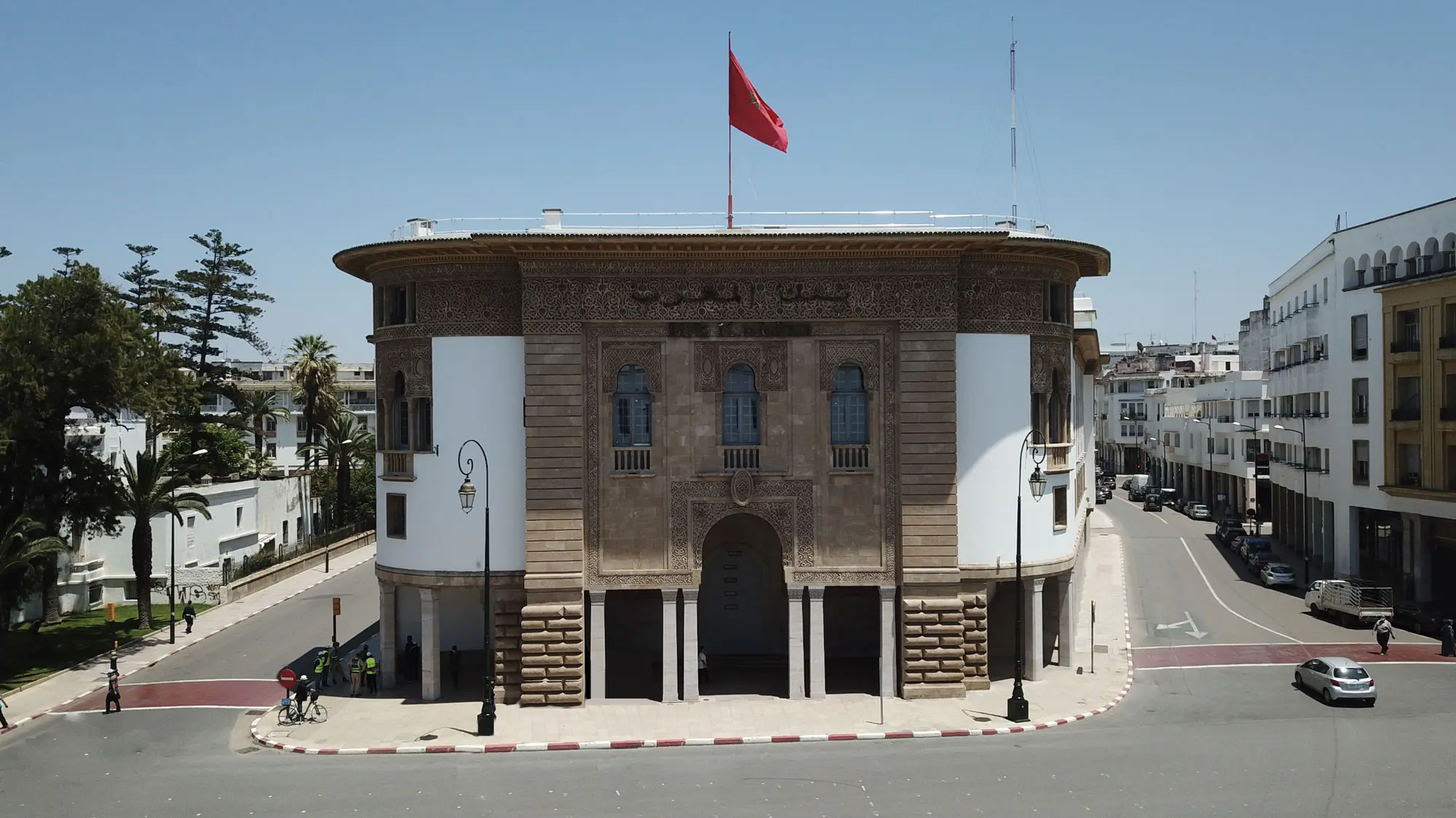
– THE HABOUS DISTRICT OF DIOUR JAMAÂ
Located a few hundred meters from Bab El Had, on avenue Hassan II, this district was built from the year 1917 to unclog the old town which was then saturated and could not accommodate a new population attracted by this city that was in full development, since it was elevated to the rank of capital in 1912. Designed by the architect A. Laprade and designed by two other French architects, Cadet and Brian, the Habous district of Diour Jamaâ follows the urban and architectural model traditional Moroccan towns while integrating modernist ideas. Regularly laid out, the arteries distribute alleyways and bent dead ends on both sides. The whole forms an autonomous urban unit comprising housing and equipment inside the district (hammam, oven, school, etc.) and outside (the mosque).
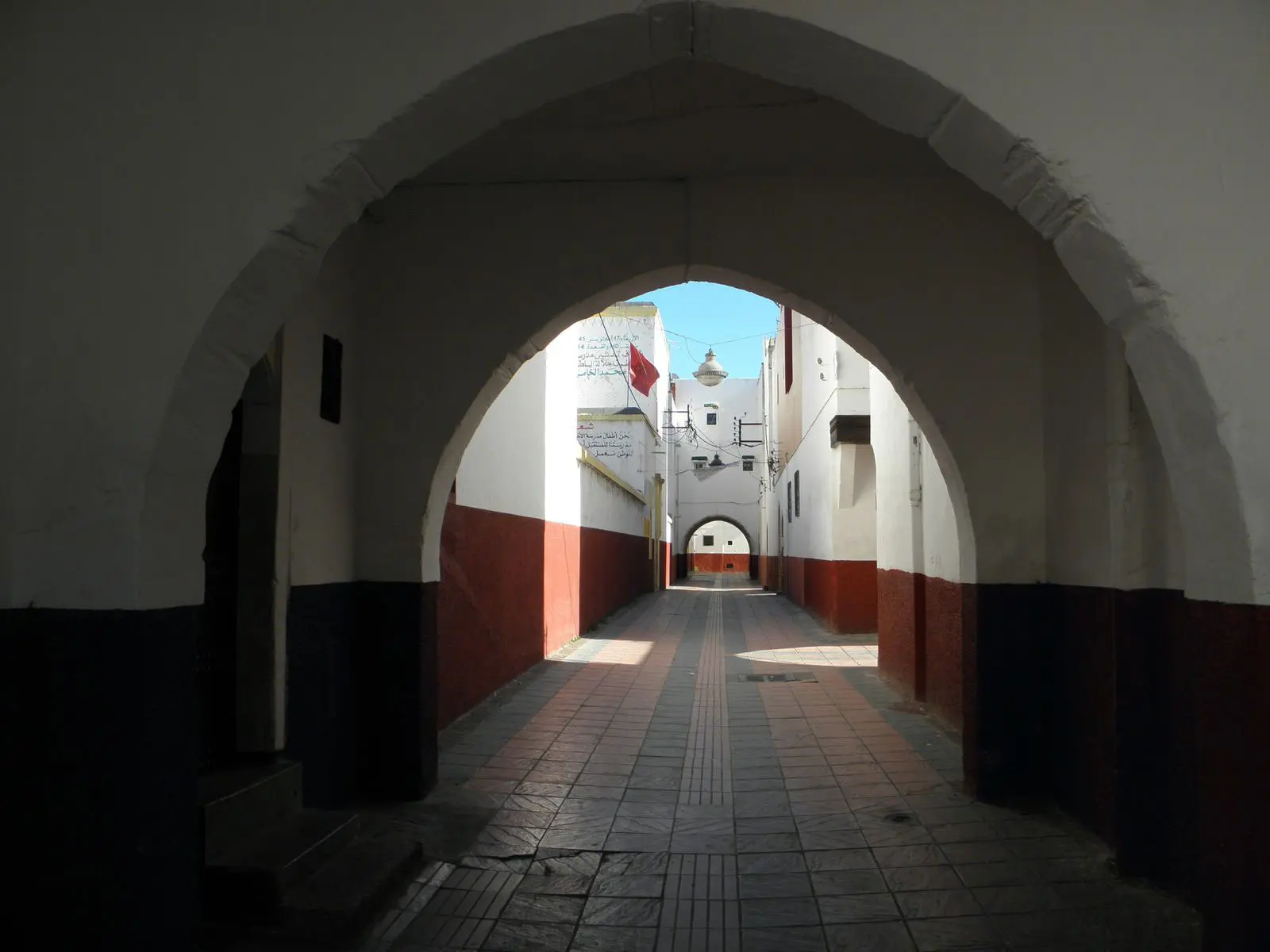
– THE HISTORIC GARDENS OF RABAT
At the forefront of an emerging international movement, that of garden cities, President General Lyautey wanted to make the new capital of Morocco “a green and flowery city”. Also, he will entrust to Jean-Claude N. Forestier, director of many famous parks and gardens around the world, the mission of planning an urban growth defined and controlled by a system of open spaces, public gardens, networked by a strictly hierarchical road system. The capital of Morocco can boast of several emblematic green spaces, such as the the Garden of Botanical Trials, the largest public garden in Rabat created in 1914, the Nouzhat Hassan Park (ex Triangle de vue park), the Gardens of the General Residence or the Avenue promenade de la Victoire. This desire to give citizenship to green spaces has also continued unabated since independence with, in particular, the inauguration of the Hassan II Park in 2020. It should be noted that the capital has been declared a “Green City”. On April 22, 2010, during the celebration of the 40th anniversary of Earth Day.
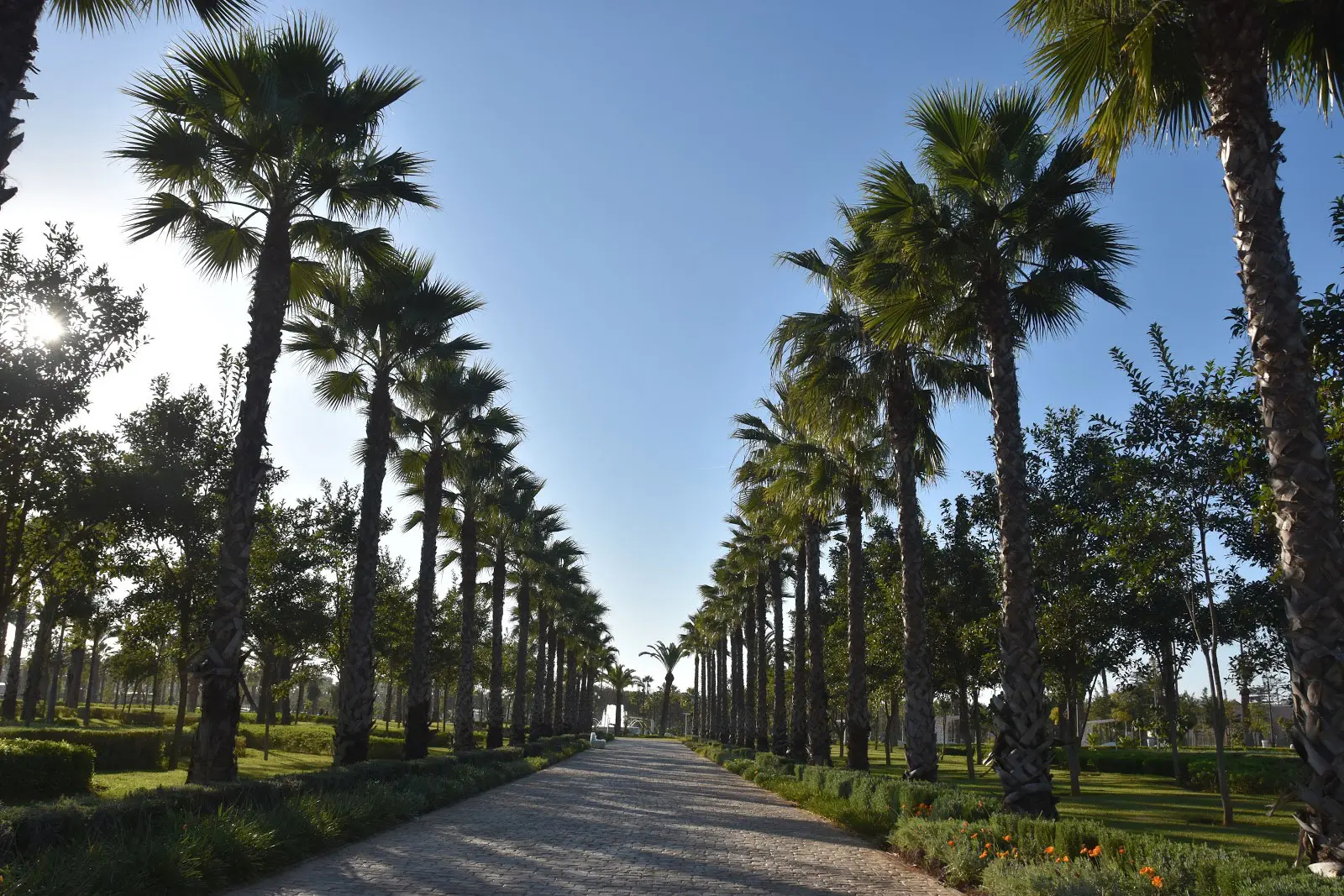
– THE MÉDINA
Located near the Qasba des Oudaïa, the medina occupies 91 hectares between the cemetery of Laâlou (a buffer strip separating it from the Atlantic coast), the Almohad enclosure (to the west), the Andalusian wall (to the south) and Bouregreg (in the East). In its alleys and irregular dead ends, the traditional dwellings are grouped together in enclaved groups made up of islets grouped around large bourgeois residences whose blind walls leave nothing to guess at the interior architectural splendor of some of them. The Souiqa street (also called Souk as-Sabbat, literally “Street of shoes”) and the rue des Consuls are precious landmarks. The latter, traced at the time of the small ephemeral republic of Bouregreg (17th century) has preserved its charm of yesteryear. For centuries, it was the preferred artery of major traders and foreign delegations that made it their home until 1912. While most of the houses in the medina remain faithful to traditional architecture, several have a European style. The Mellah, the district where Jewish families traditionally concentrated, was located in the southwest.
The medina is home to real architectural treasures, synagogues, fondouks, mosques, zaouïas, fountains, hammams and ancestral homes of the great Rabat families, surrounded by borj, a Moorish enclosure and Almohad ramparts and gates.
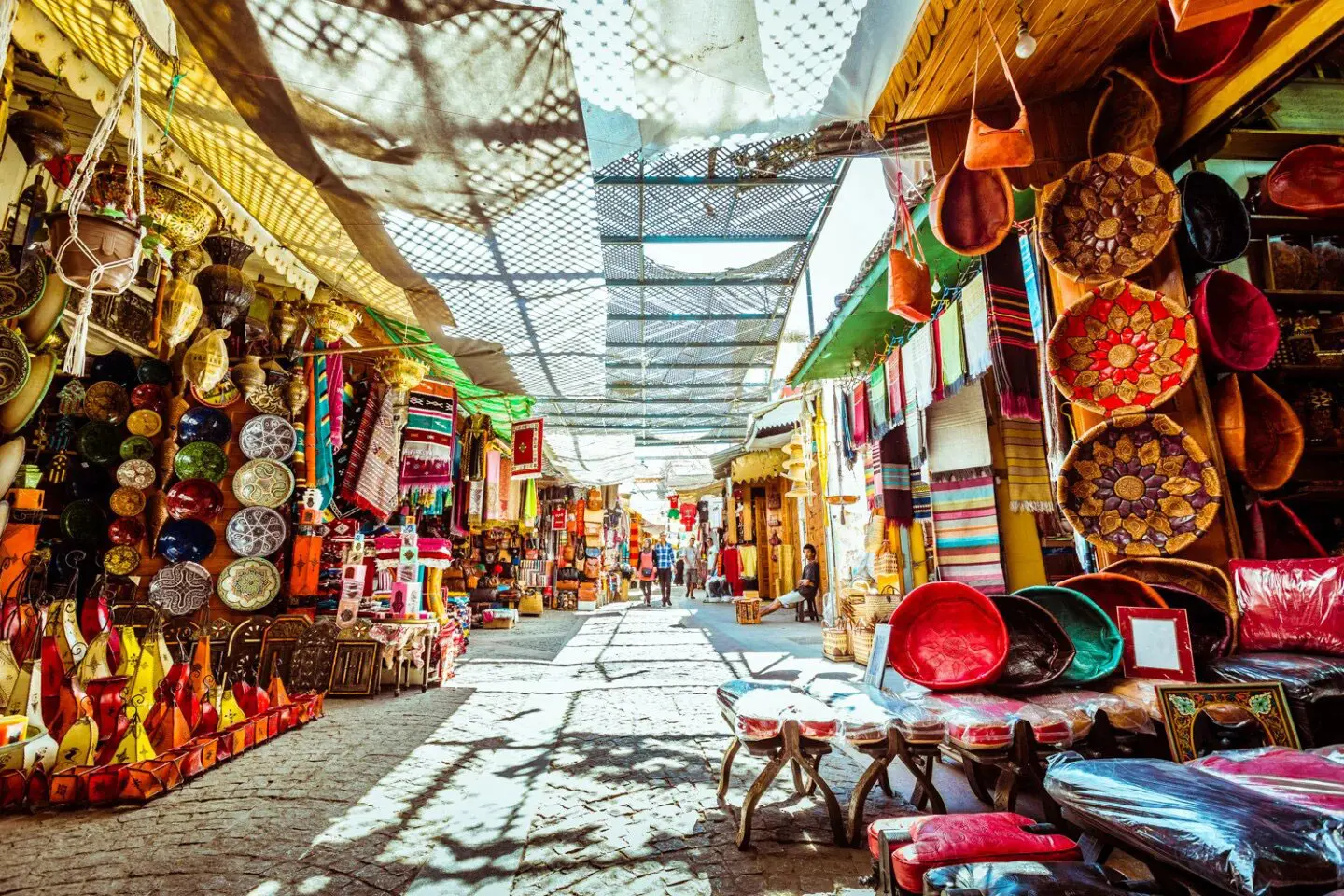
– HASSAN MOSQUE AND MOHAMMED V MAUSOLEUM
Located in the North East of the city, on a small hill overlooking the estuary and the Bouregreg Valley, this site is the work of the Almohad caliph Yacoub El Mansour who launched, in 1184, the construction of what was to be the most vast mosque of the Mediterranean West, a project which was abandoned shortly before his death in 1199.The unfinished minaret and the succession of superimposed cylindrical stone pillars impose their presence and have been, for centuries, a powerful urban landmark, symbol of the city. Overlooking the Bouregreg estuary, the minaret provides the visual junction between the twin cities of Rabat and Salé. Since 1969, the Mohammed V mausoleum has added its magnificence to this site. This funeral dome directly inspired by the Marinid and Saadian dynastic necropolises is surmounted by a sumptuously decorated vault and capped on the outside by a pyramidal roof in green tiles. Through a gallery-balcony, visitors can access the funeral room and meditate on the tombs of King Mohammed V as well as his sons, Moulay Abdellah and King Hassan. This architectural masterpiece offers a brilliant synthesis of Moroccan decorative arts which draw their roots from a know-how developed and transmitted for centuries.

– THE RAMPARTS AND THE ALMOHAD GATES
Along with the Hassan Mosque, these ramparts are part of Ribat-al-Fath, the grandiose unfinished urban project of the Almohad caliph Yaâcoub El Mansour. Probably completed in 1197, the ramparts extend over nearly 1,200 meters in length and encircle an area of 450 hectares. They are flanked by 74 towers and perched by three large gates (Bab Laâlou, Bab El Had and Bab Rouah) as well as a smaller gate, Bab Zaër. Each is preciously decorated with engraved patterns. Bab Rouah, remarkable both in terms of its architectural form and its decoration, had an important military function. Today, like Bab Lakbir, it is a renowned art gallery.
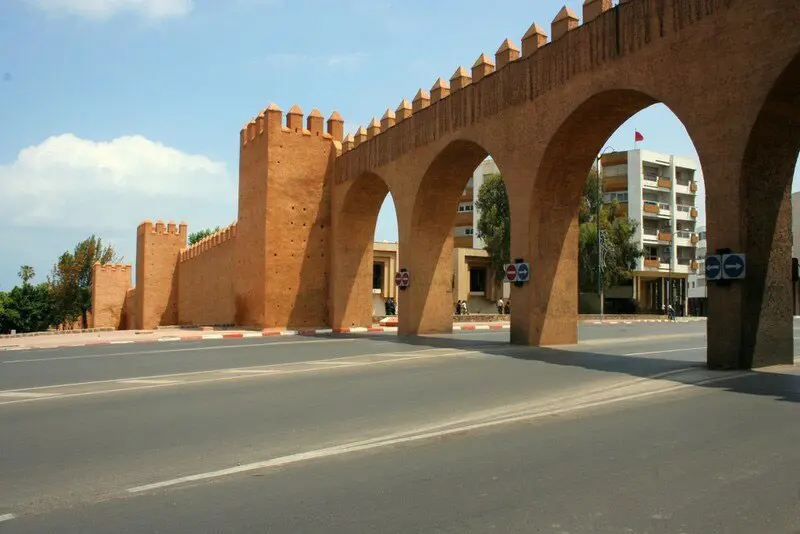
– THE QASBA OF THE OUDAÏA
Rising to the northeast of the city, on a rocky promontory, the Qasba dominates the medinas of Rabat and Salé, the Atlantic coast and the mouth of the Bouregreg. This medieval fortress, temporary seat of the Almohad power, constituted the first nucleus of the city.
The site keeps track of the Moors, Muslim families expelled from Spain, who built defensive works to strengthen the protection of the Qasba of the Oudaïa, but it was indeed the Alawite dynasty which, in the 17th century, provided it with its most impressive buildings and more emblematic, including the wall of Moulay Rachid and the elegant and masterful princely residence, completed during the reign of Sultan Moulay Ismail for his son, governor of the region of Rabat-Salé.
Since the 20th century, the Qasba des Oudaïa has been embellished with a lush Andalusian garden. Designed by Maurice Tranchant de Lunel, the first inspector of Historical Monuments in Morocco, this garden is closed to outside view. You have to go through a discreet iron door to discover all the richness of its scents and colors. Lined with fruit trees and flowers, the alleys lead to a low door, giving access to the Moorish café, a furnished terrace which offers an impressive view of the medina of Salé and the mouth of the Bouregreg.
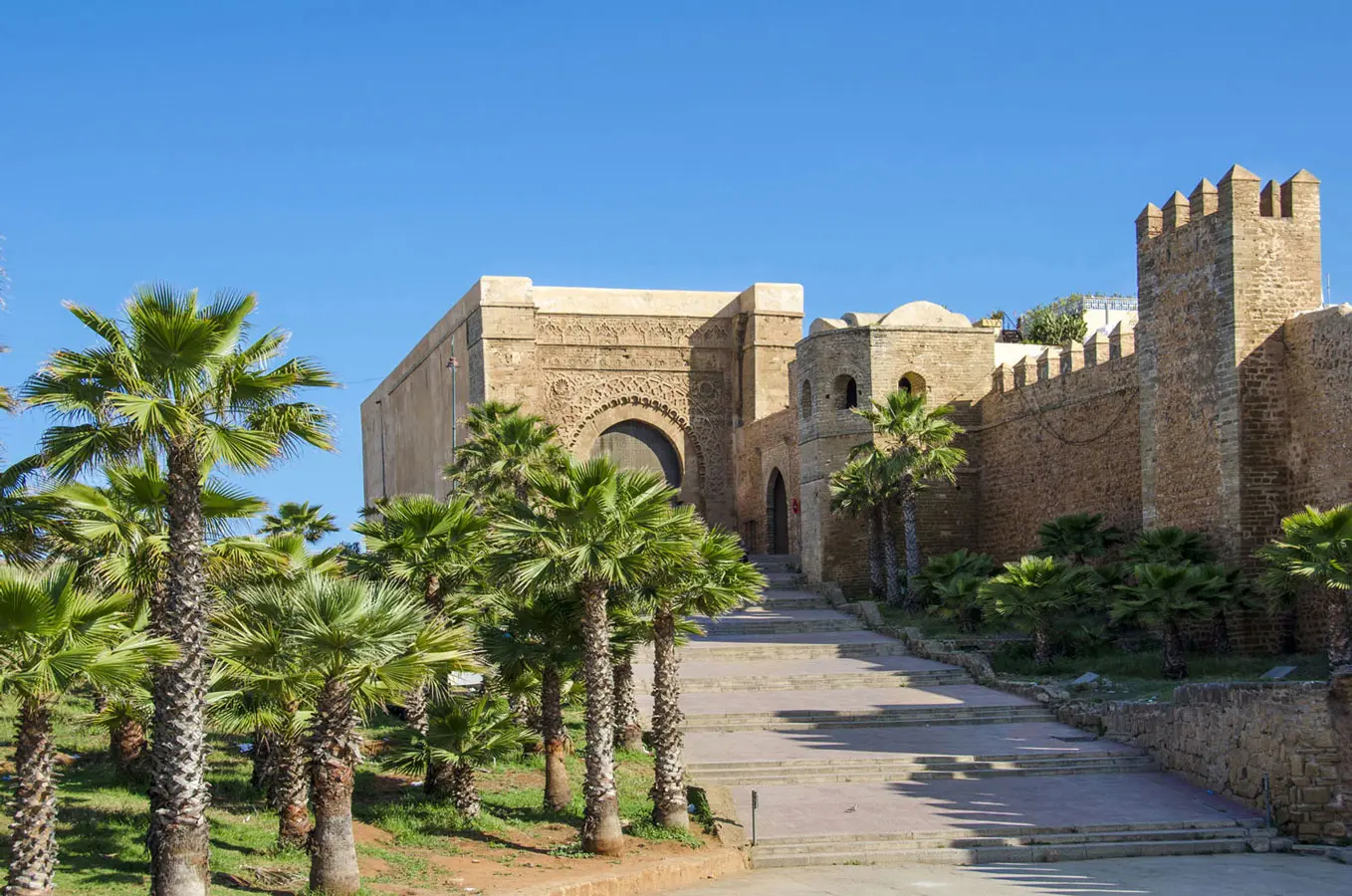
– THE ARCHAEOLOGICAL SITE OF CHELLAH
On the left bank of the Bouregreg, sits the elegant silhouette of the Chellah. Occupied since the highest antiquity (7th and 5th centuries BC), this site is mentioned by Roman authors under the name of Sala. Excavations have revealed traces of this past grandeur, materialized by the remains of temples, thermal baths, a basilica or even a forum or a capitol. On the ruins of this ancient city, the Merinids came to build, at the end of the 13th century, a necropolis surrounded by imposing ramparts which still give the Chellah all its splendor today. The site having been abandoned in the 18th century, nature has regained its rights there, spontaneously transforming the place into an enchanting garden adorned with orange trees and wild plants from which emerge here and there white domes, burials of holy men. The recent restoration of Chellah has restored all its splendor.
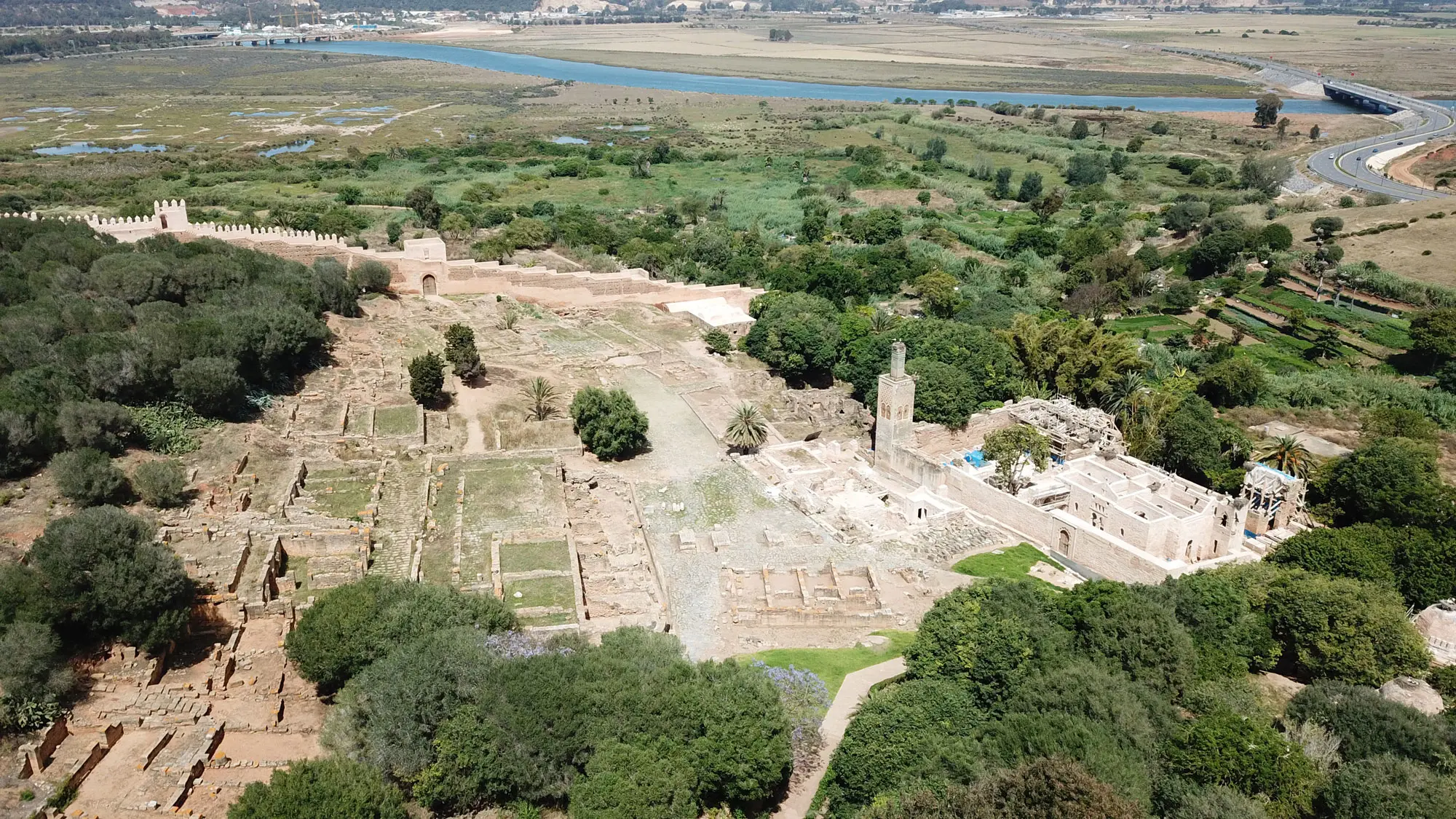
– THE BUFFER ZONE AND THE MEDINA OF SALÉ
The buffer zone, which covers an area of 852 hectares, is mostly made up of residential areas dating from the last century, which are full of monuments and historic sites of undeniable value.
The western and southwestern part, made up of the residential areas L’Océan, Marassa, Les Orangers, Les Jardins de l’Agdal and Al-Qbibat, extends to the Corniche de Rabat bordering the Atlantic. In addition to multiple traditional Moroccan houses and sets of remarkable modern villas, this space is home to major historical sites. Between the dwellings, part of the old aqueducts that supplied the city of Rabat with water since the Middle Ages can still be seen. Some remains are linked to the Aïn Ghboula aqueduct (dating from the 12th century, the work of Sultan Abd el Moumen, founder of the Almohad dynasty), others to the Aïn Atiq aqueduct (built in the 18th century by the Alawite Sultan Sidi Mohammed Ben Abdellah).
Other monuments dating from the 18th century, Bab al-Qbibat and Bab Marrakech are the only gates that have remained intact of the four initial gates that pierced the Alaouite Rampart. Built at the end of the 18th century, this 4,300-meter wall started from the coast, encompassed part of the Agdal and ended in the extreme south-eastern part of the Almohad ramparts.
The imposing Fort Hervé stands face to the coast, it is also known as Al Borj al Kbir or Fort Rottembourg. Built at the end of the 19th century, it was intended to strengthen the defense of the coast. Rectangular in shape, this concrete and masonry building once communicated with casemates serving as garrison accommodation and ammunition depot. It now houses the National Museum of Photography. Visitors can also discover its battery of modern cannons that point out to sea.
Located in the Agdal district and overlooking the Garden of Botanical Trials, the Belvedere Garden is a magnificent example of the “views” dear to town planner and landscape architect Jean-Claude Nicolas Forestier.
The north-eastern part of the buffer zone is made up of the residential districts of Haut-Hassan (formerly Petit Jean) and Le Riche. However, the majority of its surface is represented by the Bouregreg valley. This salty wetland is crossed by the valley which winds its way through the wide alluvial plain of the Oulja before emptying into the coast. A site of notable biological interest, the Bouregreg valley is home to a number of birds, amphibians and fish, including some rare species.
An essential component of the Bouregreg valley, the medina of Salé shares with its twin sister on the right bank a common history, experiencing significant development during the time of the Almohads and the Merinids who endowed the city with architectural gems such as the great Almohad mosque, third in order of magnitude of Morocco, the Marinid ramparts and its imposing Bab El-Mrissa gate or the Borj Addoumoue, built at the same time, and classified as a national heritage since 1914. With the arrival of the Andalusian Moriscos in the 16th and 17th centuries, the city becomes an active center of races; the audacity of the corsairs of Salé was moreover famous until England. Known also for being, for centuries, the refuge of ascetics and pious men, the medina is a high place of culture and religious life which can be proud of a large number of Hispano-Moorish riads, zaouïas, marabouts and libraries.
